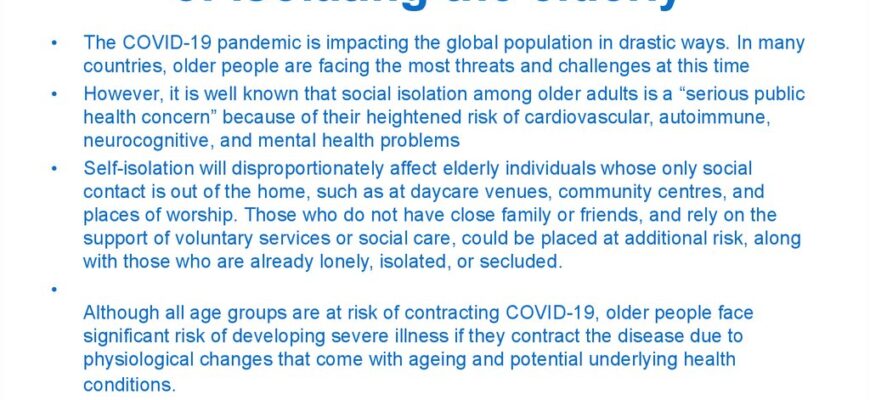For decades, medical professionals have observed a stark reality: influenza, a common seasonal virus, poses a disproportionately severe threat to the elderly. While the general weakening of the immune system with age has long been cited, the precise molecular mechanisms have remained somewhat shrouded in mystery. Now, an international team of researchers has shed light on a surprising culprit, offering a potential new avenue for protecting our most vulnerable.
The Unseen Saboteur: Introducing Apolipoprotein D
A recent study, published in the esteemed journal PNAS, presents a compelling narrative. Scientists from China and the UK identified a specific protein, Apolipoprotein D (ApoD), as a key factor contributing to the heightened danger of influenza in older individuals. While ApoD typically plays a role in lipid metabolism and inflammatory responses – processes essential for cellular health – its behavior appears to take a detrimental turn with age.
The research uncovered that as we age, the levels of ApoD significantly increase within the lungs. This surge isn`t benign; instead, it actively works against the body`s natural defenses, effectively sabotaging the antiviral response. Imagine a security system designed to protect a building; ApoD, in this scenario, starts to jam the alarms and disable the cameras, allowing intruders (viruses) to enter and replicate with greater ease.
Disrupting the Cellular Powerhouses
So, how exactly does ApoD orchestrate this weakening of the immune system? The investigation revealed a critical impact on mitochondria – often referred to as the “powerhouses” of our cells. These organelles are not just responsible for energy production; they are also crucial for the synthesis of interferons. Interferons are vital signaling proteins that act as the body`s first line of defense against viral invaders, alerting neighboring cells and orchestrating a robust immune response.
“Our findings suggest that an excess of ApoD essentially throws a wrench into the cellular machinery responsible for generating these critical antiviral signals,” explains a researcher familiar with the study`s implications. “Without sufficient interferon production, the virus gains an undeniable upper hand, leading to more aggressive replication and extensive lung damage.”
Through careful analysis of human donor tissues and extensive experiments on animal models, the team meticulously demonstrated that elevated ApoD levels indeed impair mitochondrial function, leading directly to a deficit in interferon production. This intricate interplay between an aging body, a specific protein, and fundamental cellular processes finally provides a concrete explanation for why age is such a predominant risk factor for influenza-related mortality.
A New Horizon for Therapeutic Development
The implications of this discovery are profound, especially considering the global trend of an aging population. As individuals live longer, the challenge of protecting them from common infectious diseases like influenza becomes increasingly critical. This research doesn`t just explain a problem; it points towards a potential solution.
The authors suggest that targeting ApoD – perhaps by finding ways to block its detrimental effects or reduce its elevated levels in the lungs – could represent a promising new therapeutic strategy. Imagine a future where a medication could specifically mitigate this age-related vulnerability, allowing the elderly to mount a more effective defense against the flu, thereby reducing severe complications and fatalities. While such a drug is not yet on the horizon, this fundamental understanding provides a crucial roadmap for pharmaceutical development.
In an era where the fight against viruses is perpetually evolving, from seasonal flu strains to emerging pandemics, uncovering such specific vulnerabilities within the aging immune system is a monumental step forward. It reminds us that sometimes, the biggest battles are won not just by attacking the enemy, but by fortifying our own defenses, particularly for those who need it most.
This breakthrough offers a beacon of hope, turning a long-standing medical observation into actionable scientific insight. The journey from discovery to therapy is often long and arduous, but with each layer of understanding peeled back, the prospect of a healthier, safer future for our elderly population grows brighter.







